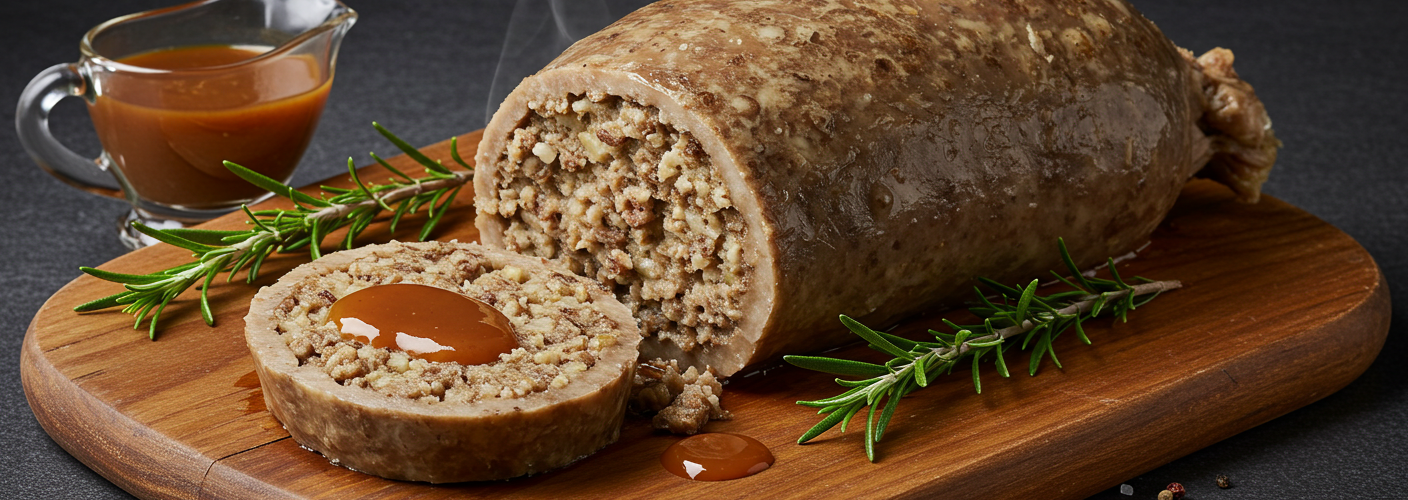When one thinks of traditional Scottish cuisine, haggis often takes the spotlight. This unique dish, rich in flavor and history, perfectly encapsulates Scotland’s rugged landscape and resourceful culinary heritage. Haggis, at its core, is a savory pudding made from minced sheep’s pluck, which includes the heart, liver, and lungs, carefully blended with onions, oatmeal, spices, and stock. All these hearty ingredients are enveloped in the sheep’s stomach, resulting in a dish that not only nourishes but tells a story of Scottish culture and identity.
The Ingredients: A Culinary Symphony
The preparation of haggis starts with the key component: sheep’s pluck. This combination of organs might seem unusual to some, but it is a prime example of nose-to-tail cooking, a practice that minimizes waste and maximizes flavor. The pluck is minced and mixed with finely chopped onions, which add a sweetness that balances the richness of the meat. Oatmeal serves as a crucial binding agent and adds texture, while a medley of spices—often including salt, pepper, and nutmeg—infuses the mixture with a warming kick.
One of the most crucial aspects of haggis is its cooking method. Traditionally, the haggis is encased in a sheep’s stomach and then simmered slowly. This slow cooking allows the flavors to meld beautifully, creating a deeply savory and satisfying dish. For those who are unable to find a sheep’s stomach, modern variations utilize natural or synthetic casings, ensuring this beloved meal remains accessible.
A Rich History and Cultural Significance
Haggis carries a significance that goes beyond its ingredients. It is often viewed as the poetic heart of Scottish cuisine, capturing the spirit of the land and its people. Legend has it that haggis has been around for centuries, dating back to the 15th century. However, it was the renowned Scottish poet Robert Burns who brought haggis to the forefront of Scottish culture. In his famous poem, “Address to a Haggis,” Burns pays tribute to this humble dish, celebrating its merits and elevating it to a dish deserving of respect and reverence. Today, the annual Burns Night celebrations, held every January 25th, often feature haggis as the star attraction, complete with traditional toasts and whisky.
Enjoying Haggis Today
In modern Scotland, haggis is more than just a dish; it’s a symbol of national pride. It can be enjoyed in various forms—from the traditional serving with neeps (swede) and tatties (potatoes) to being incorporated into gourmet recipes, such as haggis burgers or haggis-stuffed pastries. This versatility allows haggis to transcend its historical roots and appeal to both traditionalists and food adventurers alike.
For those visiting Scotland, trying haggis is a must. Many pubs and restaurants proudly showcase this dish, offering it alongside a glass of whisky, which perfectly complements its rich flavors.
In conclusion, haggis is a dish steeped in history, showcasing Scotland’s culinary ingenuity and love for its traditions. It’s not just food; it’s a celebration of identity and heritage, making it an essential experience for anyone looking to understand the essence of Scottish culture.




Add comment